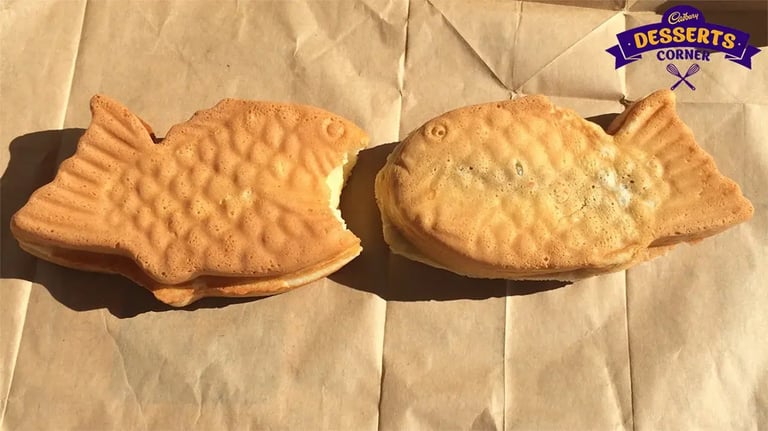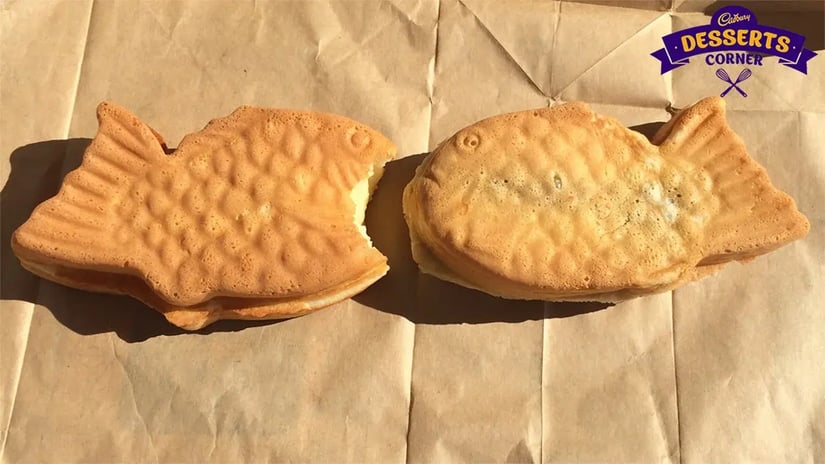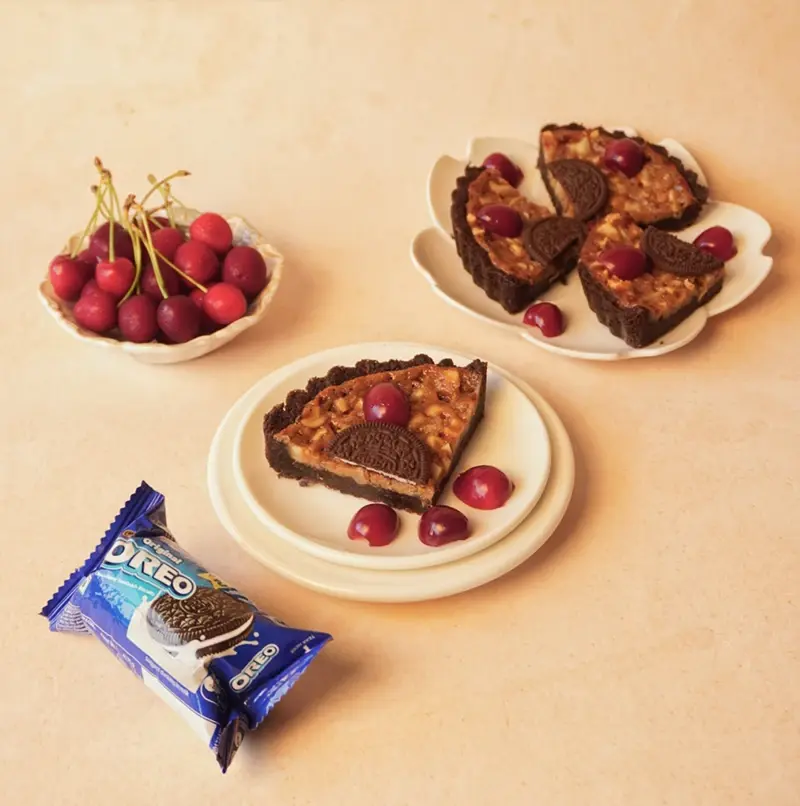- Home
- Articles
- 6 South Korean Desserts That You Need to Try for Their Sheer Craftsmanship and Aesthetics
Korean culture, especially food, might be heavily influenced by its neighbors Japan and China. But despite the cultural diffusion, certain sweets and desserts are deeply ingrained in the Korean cultural fabric and many are indigenous to the peninsula.

South Korea has a long tradition of crafting delicious sweet treats and desserts that are loved by locals and visitors alike. With influences from its neighbors China and Japan, as well as its own culinary heritage, Korean confectionery boasts a range of desserts that are quite distinctive.
Desserts here, just like in most Asian countries, play an important role in Korean culture, with special sweets often enjoyed during holidays, celebrations and seasonal festivals. Some recipes have been passed down from Korean families for generations. Dessert shops abound in cities, small towns and markets sell a lot of these sweet fares attracting those with a sweet tooth.
1. Bungeoppang
The fish or “Bungeo” resembles a carp and “ppang” means bread that is crispy on the outside, with a burst of sweet bean flavor on the inside. Resembling the Japanese Taiyaki, the Bungeoppang looks similar to the exact fish-shaped pastry, with a sweet red bean paste filling, which was introduced to Korea around the 1930s. Bungeoppang is almost like a waffle, but instead of being made in the same contraption, it is made in a fish mold. These confections are a winter fare and are sold on street side stalls during the winter months.
2. Hotteok

Literally translating to hot pancakes, this Korean sweet confection might be simple but quite an appetizing snack that doubles as a dessert. The hotteok came to Korea from China via Chinese immigrants in the 19th century, and has since adapted to local tastes and sold widely as a streetside food item. Hotteok is savory on the outside with a sweet sugar syrup inside that makes it addictive. It is said that when the country received war aid (Korean war) in the form of wheat and sugar, these two inexpensive items were instrumental in popularizing the belly-filling hotteok in the 1950s and 1960s when resources were scarce.
3. Bingsu

This milky shaved-ice wonder is popular across age groups in South Korea, but especially a hit among kids. It consists of grated frozen milk or cream, with toppings typically containing red beans, sweet condensed milk, and Korean rice cakes. The bingsu rivals ice cream and is equally delicious with its range of toppings. It is lower in calories, given the fatty milk and additives are missing in it, but sometimes bingsu can be a really expensive treat to buy, with mango bingsu being the most popular and sold at quite a premium in some restaurants. However, the regular fare is also available and peaks during summer.
4. Gyeongdan

South Korea is renowned for its tteok or rice cakes made into savory or sweet dishes, and Gyeongdan is one such sweet. This rice cake recipe made from glutinous rice and shaped into cake-like balls, and has a sweet red bean paste filling inside. Local lore in the country used to believe that this bean filling inside the rice cakes was auspicious, and drove away evil spirits. This is why they were served to infants on their first birthdays to wish a life of blessings upon them. But today, this sweet snack is enjoyed by everyone, and since it’s sweet, you need to stop after a certain point to avoid nausea.
5. Dalgona

You might be wondering from where did a beverage end up getting lost in a dessert section, but it is dalgona, but not a beverage. You might be thinking of that absolutely bored-to-tears period during the initial phases of the pandemic, when literally everyone became pros at making the dalgona coffee. Well, this is not that.
This dalgona is something that appeared in Squid Games in one of the games as a candy. The Korean dalgona looks exactly like that flat caramel-like candy shown in the web series. The candy is made by flattening the dalgona and then before it hardens, imprinting it with a mold of choice. The game with the dalgona candy is exactly what was shown in the series, but of course, it isn’t life-threatening and is a popular game amongst kids.
6. Dasik
This literally translates to “tea food,” and, of course, it is served with tea like one would serve cookies. These tea cookies are made from finely ground rice, rice syrup, chestnuts, peas, beans, sesame seeds, and pine pollen powder, mixed with honey and water that are pressed into wooden molds with cravings on them. These are perhaps one of the best examples of ovenless cookies that don't even need baking. The wooden mold is unique to the country and without it, the dasik can be made using any other mold, but it of course won't be as authentic as the Korean dasik. These cookies have different patterns embossed on their surface, and the ingredients chosen dictate the color (green peas make green dasik, black sesame seeds make black dasik).
Like This Article?
More Like This




Popular Articles





Trending Web Stories
Curated Recipes


















